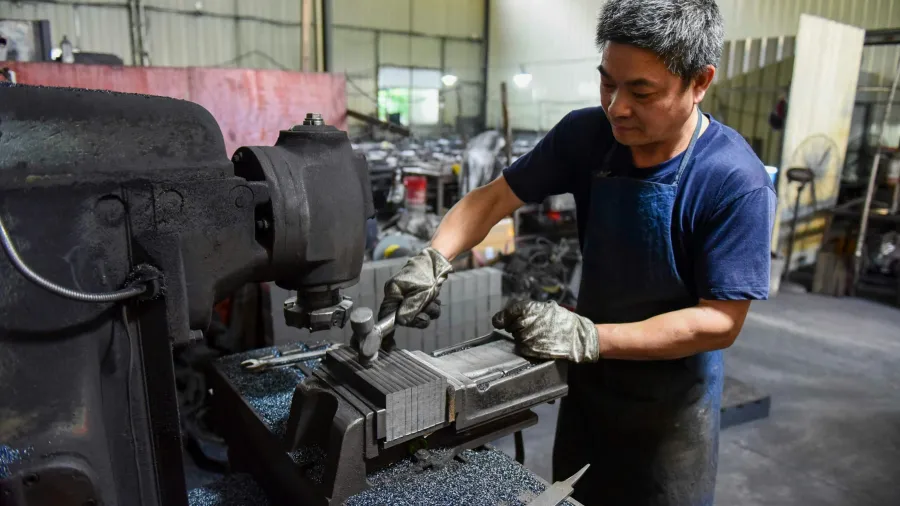
Global manufacturing sector returns to expansion territory in June
Key economies drove it to expansion amidst stabilising demand conditions.
Global manufacturing conditions improved in June for the first time in three months, with production rising and new orders stabilising after an extended period of decline, according to the latest J.P.Morgan Global Manufacturing PMI report released.
The J.P.Morgan Global Manufacturing PMI rose to 50.3 in June, up from 49.5 in May, marking the first reading above the neutral 50.0 threshold since March. A reading above 50 indicates expansion, while below 50 signals contraction.
Output Surges Across Major Economies
The most significant improvement came in manufacturing output, which jumped 2.3 points to reach a four-month high of 51.3 in June. This represented the strongest month-on-month gain since June 2022, driven by returns to growth in China, the United States, and Japan.
“The J.P. Morgan global manufacturing output PMI rebounded in June, rising 2.3 pts to 51.3 as both the US and China climbed to multi-month highs,” said Maia Crook, Global Economist at J.P.Morgan. “Forward-looking indicators of demand were similarly constructive, with new orders and export orders PMIs recovering.”
The eurozone continued to see output growth, though at a slower pace than the previous month. India maintained its position as the fastest-growing major manufacturing economy. However, the United Kingdom, Brazil, Mexico, and Russia experienced production contractions.
Employment Trends Show Improvement
Whilst global manufacturing employment declined for the eleventh consecutive month in June, the rate of job losses eased to the weakest level in ten months. The United States, Japan, and India recorded employment gains, offsetting job losses in China, the eurozone, and the United Kingdom.
Manufacturing output increased across all three major sub-sectors – consumer goods, intermediate goods, and investment goods – though growth was more modest in the consumer goods category.
New Orders Stabilise After Extended Decline
New business orders returned to growth for the first time in three months, primarily driven by expansions in China and the United States. This offset declines in Japan, the United Kingdom, and Brazil. Notably, new order intakes in the eurozone stabilised after a 37-month sequence of decline.
Diverging Price Pressures
The survey revealed significant regional differences in price pressures. The United States experienced sharp acceleration in both input costs and selling prices from already-strong rates in May.
In contrast, input costs and factory prices fell on average in mainland China and the eurozone, with other regions showing more subdued price pressures compared to the United States.
Cautious Optimism Amidst Uncertainty
Despite the positive June data, business optimism remained relatively subdued, with sentiment unchanged from May and below the long-run survey average for the fifteenth consecutive month.
Crook warned that challenges remain ahead: “While we still have little doubt that a sharp deceleration is in the offing, the June PMI bounce-back suggests the underlying pace of growth may be holding up through the middle of the year. With the tariff drags still building, however, and some sector tariffs yet to be implemented if at all, it remains to be seen how long this resilience will last.”
The J.P.Morgan Global Manufacturing PMI is compiled from responses to monthly questionnaires sent to purchasing managers in over 40 countries, representing 98% of global manufacturing value added. The survey covers approximately 13,500 companies worldwide and provides the first indication each month of world manufacturing business conditions.


















